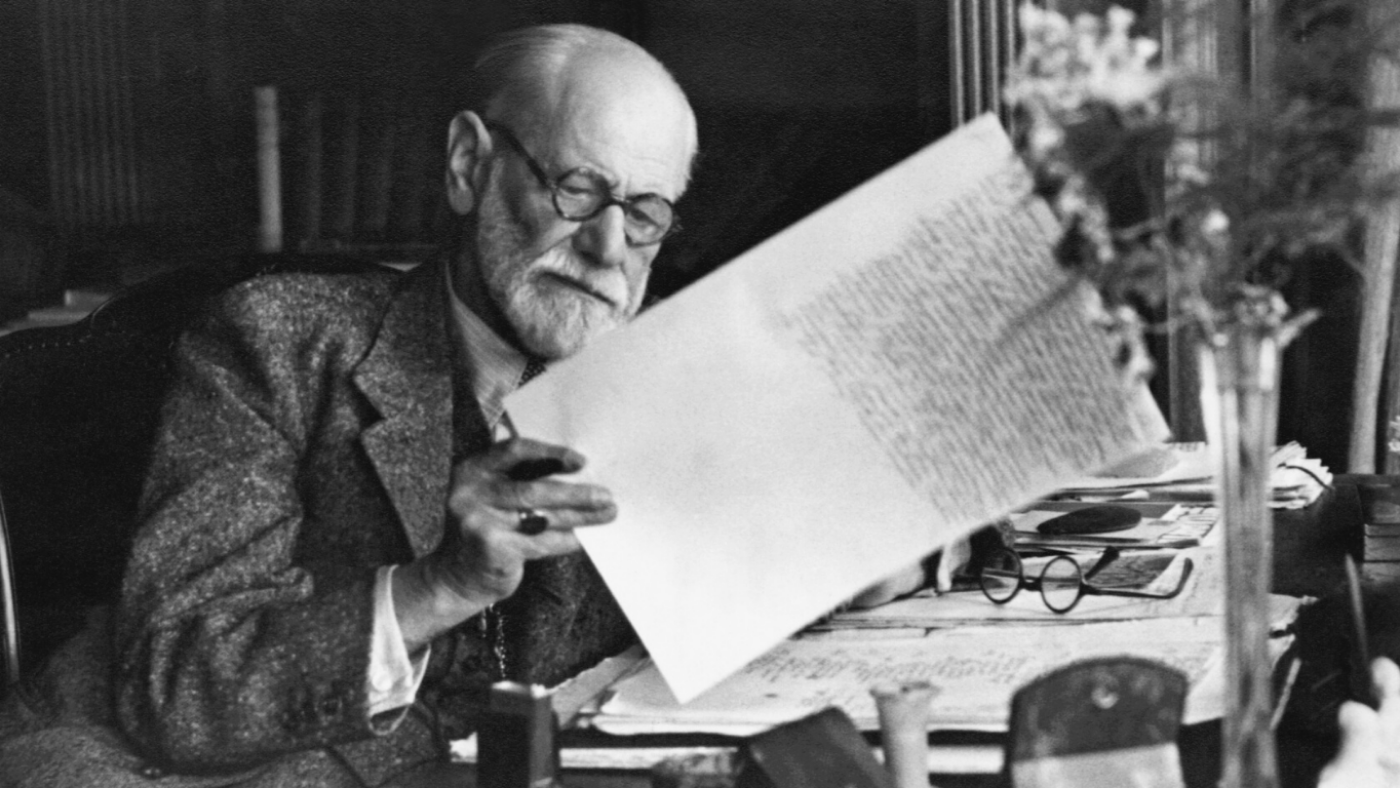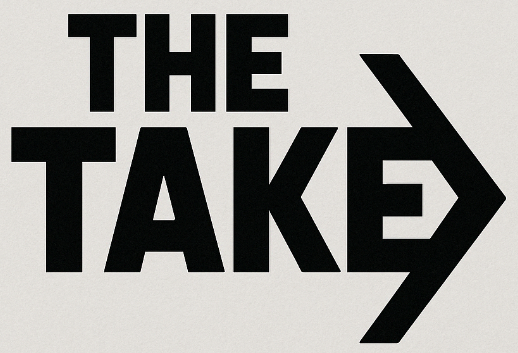In The Interpretation of Dreams, Freud claims that dreams are the “royal road” to understanding the unconscious mind. At the time, the dominant scientific perspective dismissed dreams as meaningless byproducts of physiological processes during sleep. Freud challenges this dogma by arguing that dreams are symbolic expressions of suppressed psychological content.
According to Freud, late 19th- and early 20th-century science viewed dreams as mere neurological phenomena—similar to involuntary muscle spasms—with no psychological depth. Such a view rendered dream interpretation irrelevant, as it denied the possibility that dreams could carry meaning.
Yet Freud observes that many people intuitively feel that dreams have hidden meanings. This belief, despite scientific rejection, stems from a natural sense that dreams are veiled expressions of deeper thought processes.
Freud critiques the two primary scientific methods of dream interpretation at the time:
-
Symbolic Interpretation: This method tries to decode the entire dream as an allegory, replacing chaotic content with a coherent narrative. While suitable for simple allegorical dreams, it fails with the often disjointed nature of most dreams.
-
Cipher Method: This approach treats the dream as a code, assigning each element a fixed meaning from a dream dictionary. Freud argues that this method ignores personal context and treats dreams mechanically, without considering individual associations.
However, Freud finds merit in the ancient Greek dream analyst Artemidorus, who insisted that understanding the dreamer’s background—occupation, age, health, and social status—was essential to interpreting the dream. Freud views this individualized approach as a precursor to his own emphasis on personal context in dream analysis.
Freud’s psychoanalytic method is built on free association and non-critical self-observation. The dreamer must examine each fragment of the dream and allow spontaneous thoughts to surface without judgment. This process silences the inner critic and lets the unconscious speak freely.
Freud compares this state of mind to what the poet Friedrich Schiller described in overcoming writer’s block: allowing ideas to flow without interference from critical thought. Freud believes this is the same mental openness required to access unconscious material through dreams.
To better interpret dreams, Freud encourages breaking them down into individual fragments. Each fragment is then examined through spontaneous associations, revealing hidden thoughts, memories, and emotions tied to the dreamer’s life. The analyst simply guides the process—the interpretation must come from the dreamer themselves.
One of Freud’s most famous examples is the analysis of Irma’s Injection, a dream involving a close friend and patient. The dream reflects Freud’s conflicted emotions: anxiety over her unresolved symptoms, fear of being blamed, and suppressed resentment toward his colleague Otto. Through detailed analysis, Freud uncovers his unconscious wish to shift responsibility away from himself, portraying Otto—and even Irma herself—as partly to blame.
The dream also touches on Freud’s deeper fears of medical failure and his desire to be seen as a competent and compassionate physician. Personal memories, emotional associations, and professional insecurities all intertwine within the dream’s narrative.
Freud concludes that dreams are not random or meaningless; they are wish fulfillments, shaped by unconscious desires. Even in dreams of discomfort, such as thirst or frustration, the mind seeks symbolic resolution to maintain sleep.
He extends this idea to children’s dreams, which, unburdened by adult repression, often reflect direct desires—such as dreaming of a missed trip or a forbidden treat.
Freud also references proverbs and cultural expressions that view dreams as fulfillments of deep wishes: “I never dreamed it would be this good,” for example, reflects how society intuitively sees dreams as vehicles of desire.
Ultimately, Freud’s work does not provide neat answers. Instead, it opens a vast and complex landscape: the human unconscious. By following the “royal road” of dreams, Freud invites us to confront our own shadows and hidden motivations—not with fear, but with curiosity and courage.
- Tension Between Donald Trump and Elon Musk: Is a Major Crisis Beginning in the American System? - June 6, 2025
- Harvard Faces Federal Funding Freeze Over Alleged “Disrespect to the Nation,” Says McMahon - May 6, 2025
- Tariffs, Troubles, and Transition: A Tumultuous Week for the U.S. and NYC Economy - May 6, 2025







